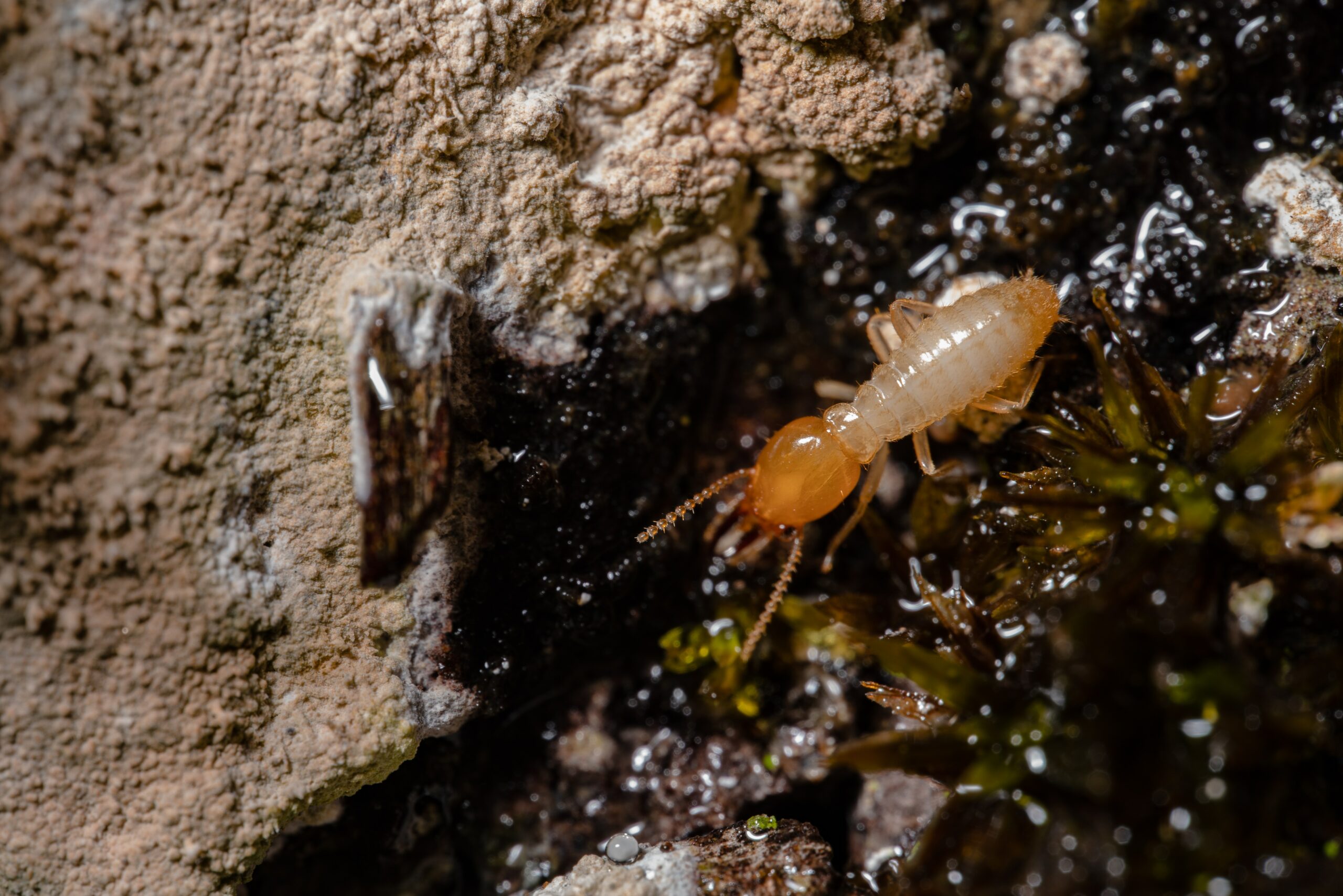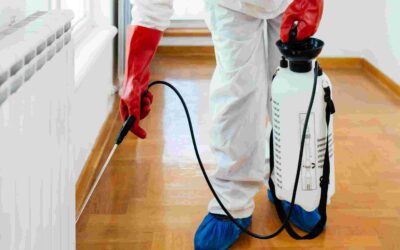
Why pest inspections are a good way to prevent infestations
If you live or work in a property that is dealing with pest infestations or has dealt with them in the past, then you know what a nuisance an infestation can be. Any time or effort invested in preventing an infestation is worth any costs that may be incurred.
Regular pest inspections can help you spot issues before an infestation takes over. Pest inspections are indeed a good way to prevent infestations for several reasons:
Early Detection
Regular pest inspections allow you to identify potential pest problems at an early stage. Trained professionals can spot signs of pest activity, such as droppings, nests, gnaw marks, or unusual odors. By catching infestations early, you can prevent them from spreading and causing extensive damage. Usually, the types of treatments and preventive measures that you can employ if you detect a potential infestation early on are minimal, especially when compared with the types of treatments and measures that must be taken after an infestation has set in.
Targeted Treatment
The first step in dealing with empty cockroach eggs in your home is to identify the source of the eggs. Cockroaches prefer to lay their eggs in warm, moist areas that are close to food sources.
Look for eggs in areas such as the kitchen, bathroom, and laundry room.
Once you’ve identified the source, you can take the necessary steps toward eliminating them.
Structural Integrity
Some pests, such as termites or carpenter ants, can cause significant damage to the structure of buildings. This damage can cause a serious decrease to the value of your home and property. Regular pest inspections can help identify early signs of wood-boring insects or other pests that may compromise the integrity of your property. By addressing these issues promptly, you can prevent costly repairs and maintain the value of your property.

Health and Safety
Pests can pose dangerous health risks to occupants of a building. They can contaminate food, transmit diseases, and trigger allergies or asthma. By conducting pest inspections, you can ensure a safe and healthy environment for yourself, your family, or your employees.
Peace of Mind
Knowing that your property is regularly inspected for pests can provide peace of mind. It gives you confidence that any potential pest issues will be detected and addressed promptly, reducing the likelihood of infestations and their associated problems.
It’s worth noting that pest inspections are particularly important for properties in areas prone to specific pests. For example, homes in termite-prone regions should have regular termite inspections to safeguard against potential damage. Overall, investing in regular pest inspections is a proactive approach to maintaining a pest-free environment and protecting your property. West Termite, Pest & Lawn is ready to help you with all your pest control needs. We are standing by to provide an expert consultation and set you up with a pest inspection schedule that will help you prevent infestations of whatever specific pests are likely to invade your home and property. Call us today to let us help you protect the integrity of your home and family.
More posts from West Termite, Pest & Lawn
Spring Into Action: Preventing Termite Infestations in Arkansas Homes
Termite infestations are a serious concern for homeowners in Arkansas, especially during the spring when these pests become most active. Preventing termite infestations early can save you from expensive structural damage and long-term headaches. Termites thrive in the...
Early Spring Lawn Care Tips: How to Keep Your Arkansas Yard Healthy
A healthy lawn starts in early spring. If you want lush, green grass by summer, the groundwork begins as the weather warms and the soil softens. The right early spring lawn care routine is essential for homes in Arkansas, where fluctuating temperatures and humidity...
Mosquito Season is Coming: How to Protect Your Arkansas Home This Spring
Spring is here, and with it comes mosquito season. As temperatures rise and moisture increases, mosquitoes begin to thrive across Arkansas. If you are not prepared, these presets can quickly invade your yard and turn outdoor activities into a battle against bites. The...



